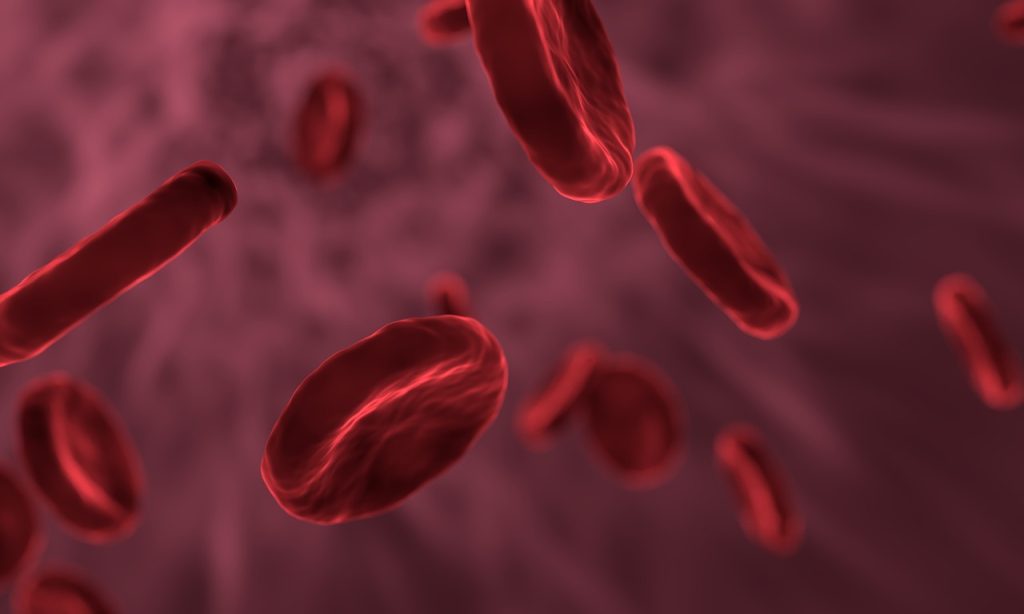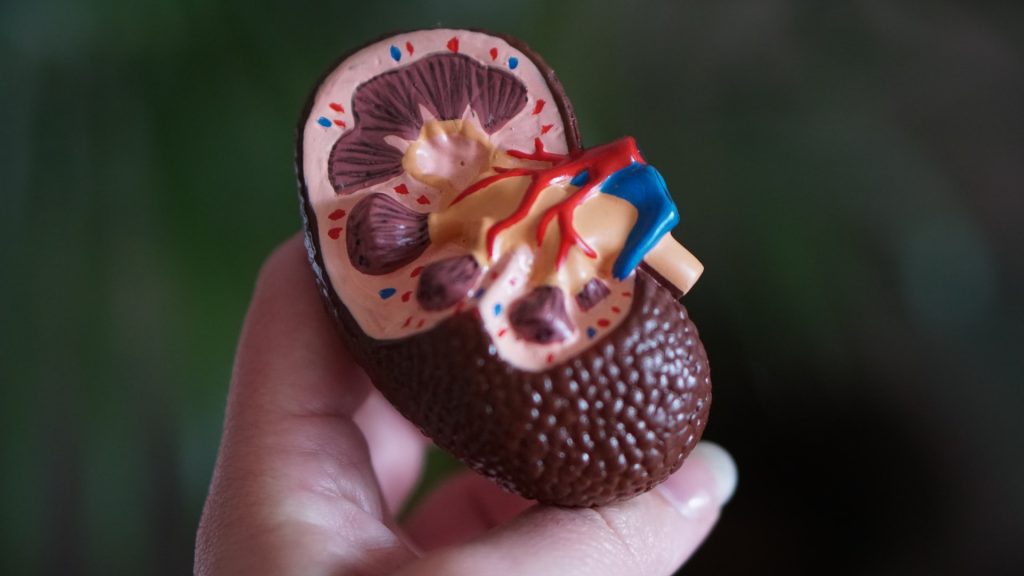Is the US Failing to Hold Crooked Medical Industry Execs Accountable?

When it comes to violations of US federal law by pharmaceutical and medical device manufacturers, the US Department of Justice (DOJ) is not exercising its full authority, according to the findings of a review published in JAMA Internal Medicine.
The conviction of Elizabeth Holmes, CEO of the failed blood-testing company Theranos, has focused attention on the personal liability of corporate officers of medical companies engaging in illegal activity. Holmes was charged with defrauding and conspiring to defraud investors, patients, and physicians, each count carrying a maximum 20-year sentence. Among prosecutors’ allegations was that Theranos’ main blood-testing device failed to work as the company and Holmes had promised. While Holmes was convicted of defrauding investors, she faced no personal liability as a CEO responsible for a company knowingly selling faulty diagnostic tests.
When a drug or medical device company violates US federal law, the government can use the Park doctrine. It holds that a CEO for a health-related company has a “position of authority” in a profitable business selling “services and products [that] affect the health and well-being of the public.” The doctrine’s aim is to protect patients from harm caused by unsafe or fraudulent medical products and services. It does this by targeting the executives who run the companies that make revenues on these products while violating federal law.
This provides an alternative to having that risk borne by patients or impersonal corporate entities; however, it is rare for there to be public reports of drug and device company executives being prosecuted with Park doctrine.
The researchers sought to identify prosecutions using the Park doctrine and characterise their role in DOJ enforcement efforts related to medical product industry misconduct. To this end, they conducted a literature search.
They found 13 cases where executives from six drug and medical device companies prosecuted under the Park doctrine since 2000. These prosecutions resulted in 11 guilty pleas and two jury trials, leading to two convictions. Of the six companies, three were drug manufacturers, two were medical device manufacturers, and one was a compounding pharmacy. All three of the drug manufacturers were opioid manufacturers, of which two executives were charged for unlawful promotion, and one was charged for manufacturing errors. Both device manufacturer executives were charged with unlawful promotion. All but three prosecutions alleged the defendants’ complicity or personal involvement in the misconduct, which Park does not require. By contrast, most large settlements with the DOJ over alleged misconduct in the past two decades did not result in individual liability for executives.
“This review suggests that federal prosecutors have exercised far less than their full capacity under the Park doctrine to sanction problematic corporate behaviour that threatens patients and the public health,” the authors concluded. They suggest that enforcement under a reinvigorated Park doctrine would help to better protect patients.





